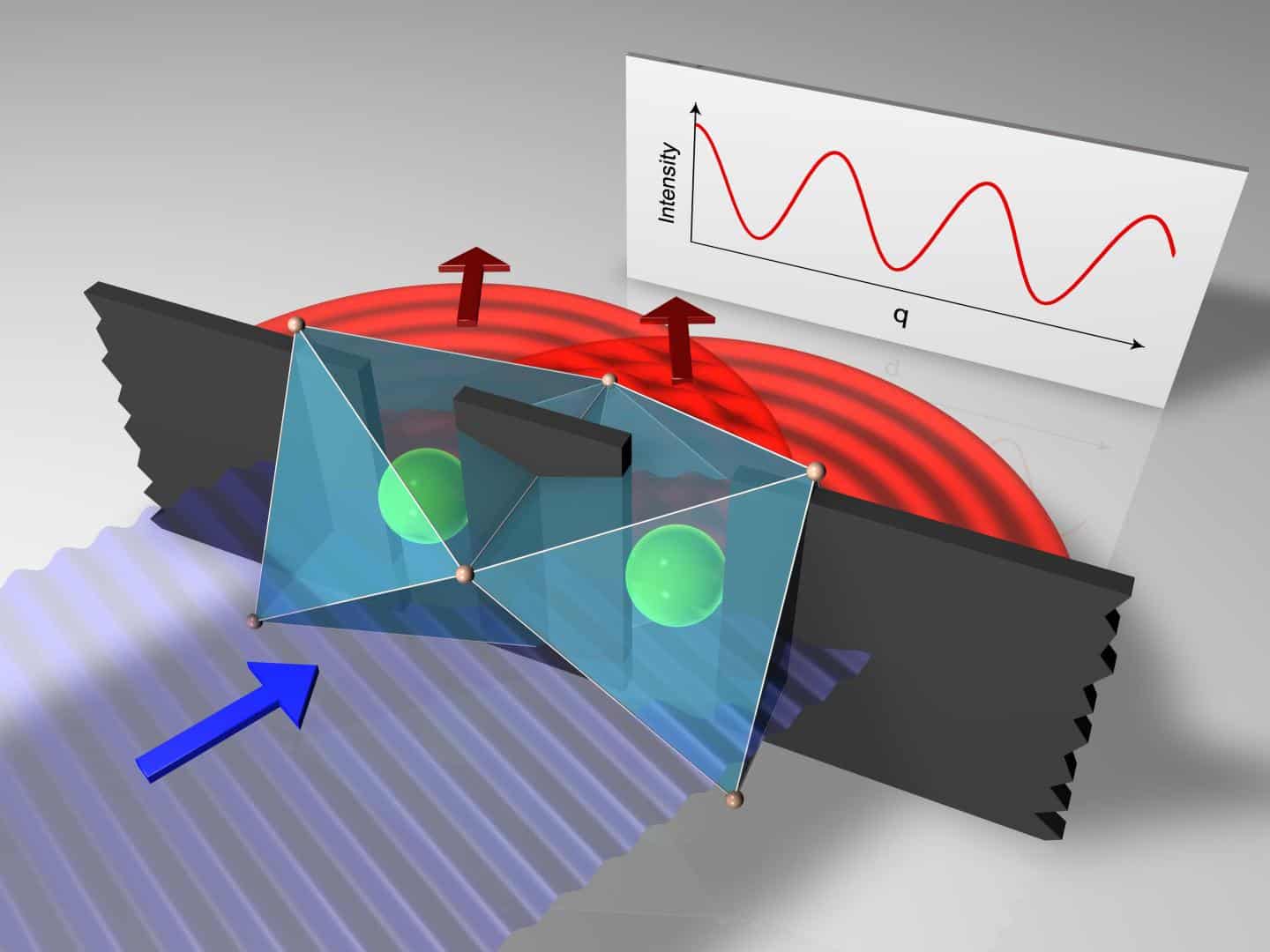Quantum holography images objects with undetected light
16 Feb 2022 Isabelle Dumé

Researchers have invented a new quantum holography technique that images objects using undetected light. This counterintuitive process, which involves two correlated beams of nonclassical light in an interferometer, could find applications in biomedical imaging and other areas where the wavelengths of light best suited for imaging are technically challenging to detect.
A hologram, at its heart, is a record of an optical interference pattern between light waves. To generate such a pattern, two beams of coherent light – known as the object beam and the reference beam – are made to overlap (or interfere) in a photosensitive material such as a photopolymer or silver-halide emulsion. The object beam propagates from the object being imaged and thus carries information about its shape. The reference beam, meanwhile, records the hologram.
Classical holography techniques have been very successful in areas ranging from microscopy and fundamental research to manufacturing. However, imaging objects with light outside the visible range of the electromagnetic spectrum is a challenge.
Imaging with undetected light
To overcome this restriction, Markus Gräfe and colleagues from the Fraunhofer Institute for Applied Optics and Precision Engineering IOF in Jena, Germany, developed a new type of holography technique in which the light that illuminates the object being imaged is not detected at all. What is more, the light that is detected never interacts with the object.
“The fancy thing is that now we can spectrally separate illumination and detection of an object,” Gräfe explains. “The technique could be useful for bioimaging, which is usually done with mid-infrared light. Since this light is hard to detect, we would illuminate with mid-infrared but detect visible light, which is much easier to visualize.”
Photon pair states
To accomplish this trick, the researchers replaced the classical light beams of standard, phase-shift-based holography with a pair of beams in which the photons are spatially correlated. These two-photon states, known as photon pair states, are generated via a process called spontaneous parametric down conversion. By exploiting a certain quantum effect (termed induced coherence without induced emission), it becomes possible to use one of these correlated light beams to illuminate the object inside the interferometer, while the other correlated light beam detects the light from the object on a camera outside the interferometer.READ MORE

In a further step, Gräfe and colleagues combined this “quantum imaging with undetected light”, as they have dubbed it, with classical holography so that the technique can be used in real-world applications. “Our work is an important step towards quantum imaging and allows to detect objects with light wavelengths that are hard, or indeed impossible, to detect technically,” Gräfe tells Physics World.
The researchers, who report their work in Science Advances, say they will now be improving the optical performance of their system. “We also want to make it compatible with commercial (laser scanning) microscopes,” Gräfe adds.

Isabelle Dumé is a contributing editor to Physics World
from physicsworld.com 7/4/2022
Δεν υπάρχουν σχόλια:
Δημοσίευση σχολίου